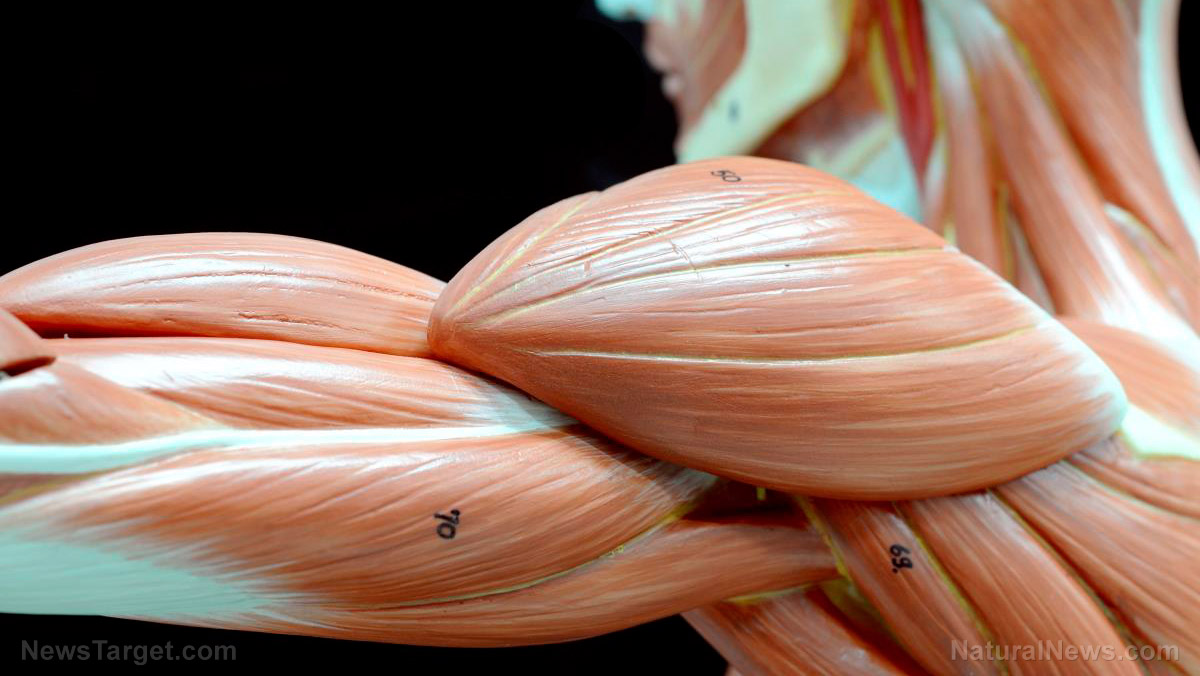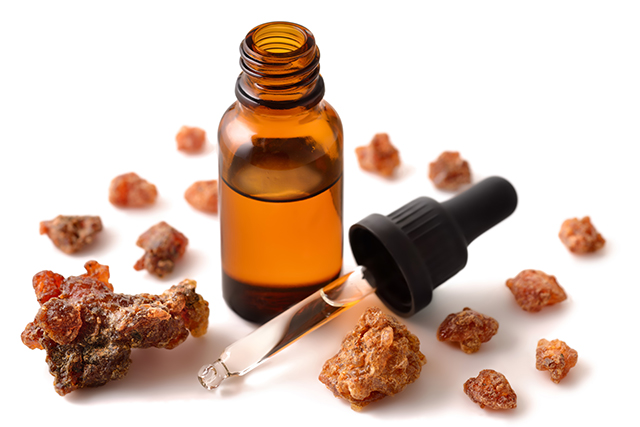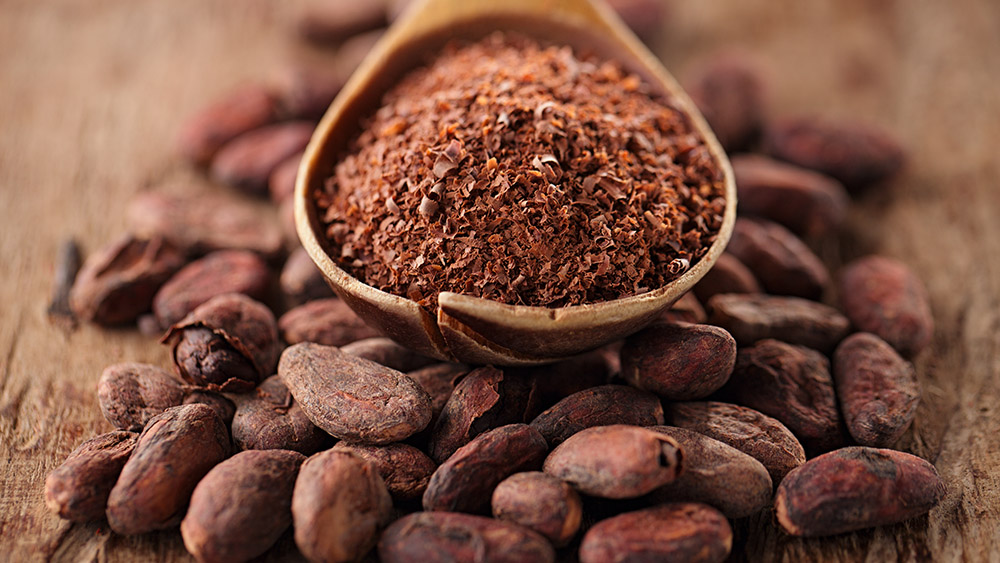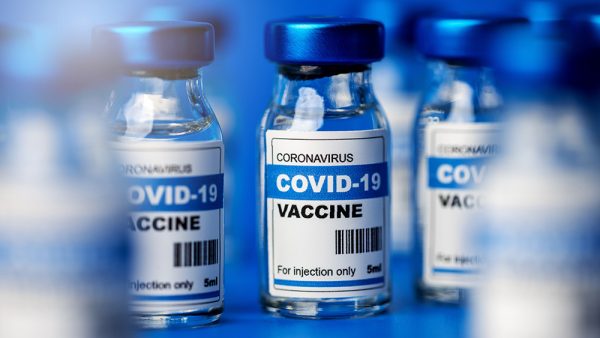
Connection between muscles and immunity
Your muscles and immune system have a symbiotic relationship: Muscles bolster immune function while the immune system supports muscle growth and repair. When your muscles are stressed by exercise or injury, immune cells jump into action, clearing debris and initiating healing and regeneration. A study published in PeerJ highlighted the importance of macrophages (a type of immune cell) in muscle repair. These cells first create an inflammatory response to eliminate damaged cells and pathogens. They then switch to an anti-inflammatory role, releasing growth factors that encourage tissue repair and growth. This dual role helps muscles recover efficiently and become stronger and more resilient.Role of myokines in muscle formation and health
When muscles contract during exercise, they release proteins known as myokines. These proteins serve as chemical messengers that influence various bodily functions, including immune regulation. A study published in Endocrine Reviews revealed that skeletal muscles act as endocrine organs, producing and secreting hundreds of myokines. These myokines exert effects locally within the muscle (autocrine), nearby tissues (paracrine) or throughout the body (endocrine). Recent research shows that exercise-induced myokines facilitate communication between muscles and other organs, including the adipose tissue, blood vessels, bones, brain, gut, liver, pancreas and skin. Although only a few myokines have been linked to specific functions in humans, they are known to impact bone formation, cognition, fat browning, metabolism, muscle growth, skin health and even tumor development. This suggests that myokines could serve as valuable biomarkers for tailoring exercise programs, particularly for individuals suffering from conditions like cancer, diabetes or neurodegenerative diseases.Role of muscles in glutamine production
Glutamine is the most abundant non-essential amino acid in your body. It is important for both immune function and muscle health. Your muscles generate glutamine by breaking down branched-chain amino acids (BCAAs) and releasing them into the bloodstream. According to a study published in Nutrients, your skeletal muscles store roughly 80 percent of your body’s glutamine; glutamine concentrations in muscle tissue are 30 times higher than in the blood. This highlights the critical role muscles play in maintaining glutamine levels. Glutamine is vital for immune activities, including the growth of lymphocytes (white blood cells), the production of cytokines (chemical messengers) and the maintenance of macrophage and neutrophil function (i.e., fighting infections). The body regulates glutamine through various organs, such as the gut, liver and muscles. However, in times of illness or physical stress, glutamine becomes a critical nutrient and its availability can be limited due to disruptions in the body’s amino acid balance.Muscles enhance circulation and immune function
Muscle mass is vital for a strong immune system due to its role in enhancing circulation. When your muscles contract during exercise, they assist in moving blood and lymph throughout your body. This movement is crucial for effective immune function, as it ensures that immune cells are efficiently transported to areas where they are needed. The lymphatic system, responsible for removing toxins and waste, relies on muscle contractions to propel lymph fluid unlike the cardiovascular system, which uses the heart as a pump. Regular muscle engagement improves this fluid movement, boosting immune system efficiency.Muscle activity alleviates chronic inflammation
Chronic inflammation can compromise your immune health and lead to various health problems, including autoimmune diseases and other long-term conditions. Regular physical activity stimulates muscle contractions that release potent anti-inflammatory myokines, such as interleukin-10 (IL10) and interleukin-37 (IL-37), which help regulate your body’s inflammatory processes. Research published in Science Immunology revealed that exercise activates T regulatory cells (Tregs). These cells are essential for mitigating exercise-related inflammation, improving muscle function and enhancing overall stamina. Tregs help minimize muscle damage by lowering levels of interferon, a protein linked to aging, inflammatory diseases and persistent inflammation. By curbing chronic inflammation, muscle activity prevents unnecessary inflammation, supporting a more efficient immune response.Tips for building and maintaining muscle at any age
To boost or preserve muscle mass and enhance immune function, consider making these lifestyle adjustments:Stay active
As you age, your body composition changes and muscle loss often becomes more pronounced. This usually happens because you stop engaging in activities that build fitness and strength. Rather than use age or aging as an excuse, continue to push your limits. (Related: Thinking about exercise can help keep muscles toned and stronger.) To keep your body and mind in sync and to achieve better muscle growth, include exercises that test your coordination. For older adults, incorporate balance exercises into your routine to remain functionally strong and reduce the risk of falls.Avoid extreme dieting
Maintaining muscle mass is crucial for keeping your metabolism high, which helps you burn more calories at rest and stay lean. As you age, your body becomes less efficient at using protein, making it harder to build and maintain muscle. This makes extreme calorie deficits counterproductive. While it might seem necessary to drastically cut calories to lose weight, this approach often results in loss of more muscle mass, which can worsen your body composition and slow your metabolism. As your metabolism adapts, you’ll burn fewer calories at rest, leading to a cycle of ever-decreasing calorie intake and weight gain. Prioritize a balanced approach by focusing on your macronutrient intake and creating only a slight calorie deficit. This strategy helps preserve lean muscle while targeting fat loss.Do challenging exercises
Strength training is essential for building muscle, especially as you age. To become stronger, you need to push your muscles beyond their usual limits. Adapt the intensity to your current fitness level. If you’re new to exercise or haven’t been consistent, start with bodyweight exercises, light dumbbells or resistance bands. The goal is to challenge yourself instead of settling for lighter weights due to age. (Related: The abs you’re forgetting in your workout - Transverse-abdominis.)Increase your protein intake per meal
As you age, your body becomes less efficient at using protein due to anabolic resistance. This means you need to increase your protein intake, especially if you’re working out and lifting weights to build muscle. Increasing your protein portion from 20 to 30 grams, or even up to 40 grams, particularly after intense workouts, can be highly beneficial. Age-related appetite decline can make it challenging to consume large amounts of protein in one sitting. This decline may also be influenced by previous extreme calorie deficits aimed at weight loss. To overcome this, spread your protein intake throughout the day rather than trying to consume it all in one meal. Consuming protein-rich snacks before and after workouts can help you meet your protein needs more effectively. You should also consider incorporating branched-chain amino acids (BCAAs) into your routine. These essential nutrients – isoleucine, leucine and valine – found in dairy products, legumes and meat, support muscle protein synthesis and may reduce muscle breakdown. Leucine, in particular, is crucial for stimulating muscle growth during exercise.Stay active even on rest days
Rest and recovery don’t have to mean complete inactivity. Using your rest days to prepare your body for future workouts can enhance your overall progress. Incorporate short mobility routines of five to 10 minutes and consider taking long walks. Walking is a highly effective, yet often overlooked, way to maintain functional strength and improve body composition as you age. It also helps prevent fat gain, supports aerobic fitness and aids recovery without negatively impacting muscle mass. Additionally, walking can serve as a relaxing way to de-stress, benefiting both your mental and physical well-being. Find out more about how to keep your immune system strong at ImmuneSystem.news. Learn how to build muscle at any age by watching the following video. This video is from the Daily Videos channel on Brighteon.com.More related stories:
Study: Daily muscle training for the diaphragm and other breathing muscles helps lower blood pressure. The Robert Scott Bell Show: John Hewlett discussed the “cardio miracle” nitric oxide - Brighteon.TV. Strengthen the hip extensor and deep abdominal muscles. Sources include: SMH.com.au TheEpochTimes.com NCBI.NLM.NIH.gov 1 NCBI.NLM.NIH.gov 2 NCBI.NLM.NIH.gov 3 Science.org Healthline.com MedicalNewsToday.com Brighteon.comAncient herb MYRTLE can treat internal and external health issues
By Olivia Cook // Share
One serving of greens daily slows brain aging by over a decade
By News Editors // Share
Studies show these three herbal medicines can reverse DEMENTIA
By Lance D Johnson // Share
Sermon 41: Mike Adams discusses the uses and benefits of MYRRH
By Kevin Hughes // Share
Essential home security tips: Protecting your property without electricity
By Olivia Cook // Share
Chocolate fountain of youth? Cocoa compound tied to youthful cells
By willowt // Share
The Soul vs. The Machine: A preview of the AI-ruled future where humans are obsolete
By ramontomeydw // Share
Tesco's Aubergine Katsu Bao Buns RECALLED over allergen labeling issue
By oliviacook // Share
Caffeine myths debunked: What science really says about your daily coffee habit
By patricklewis // Share











